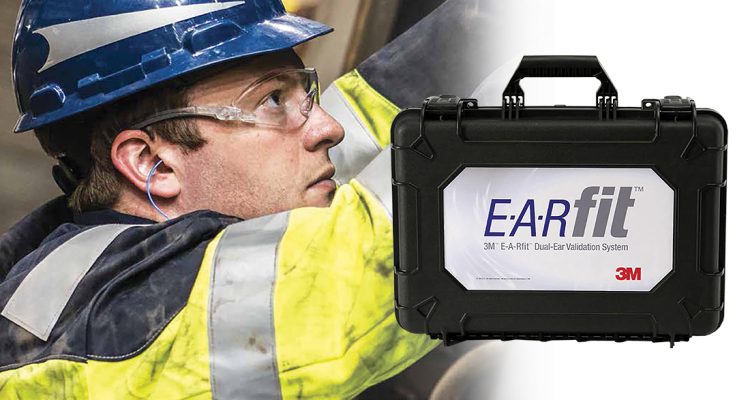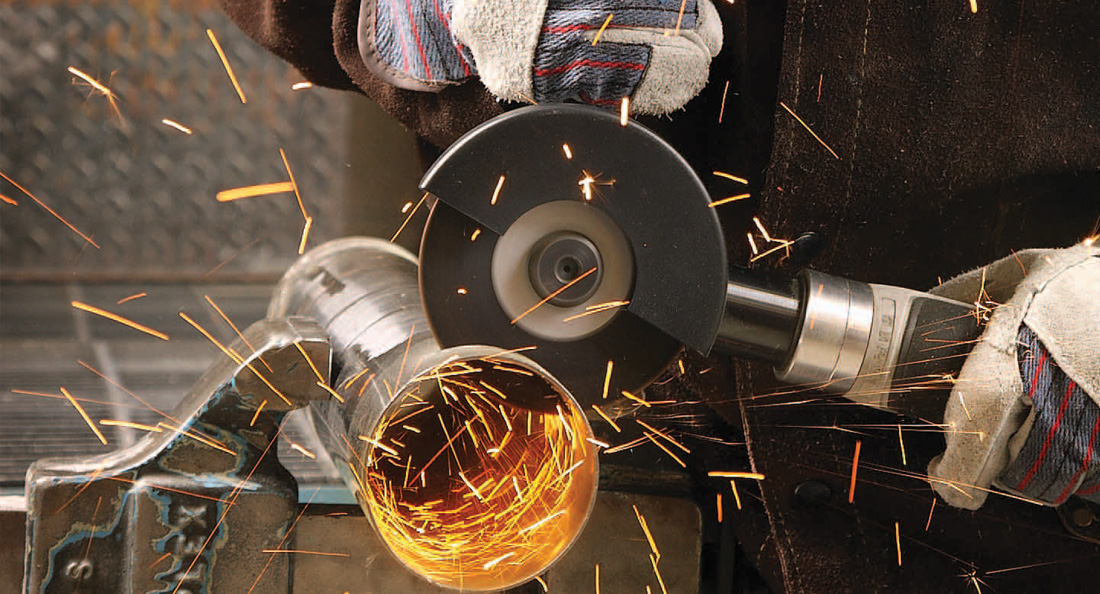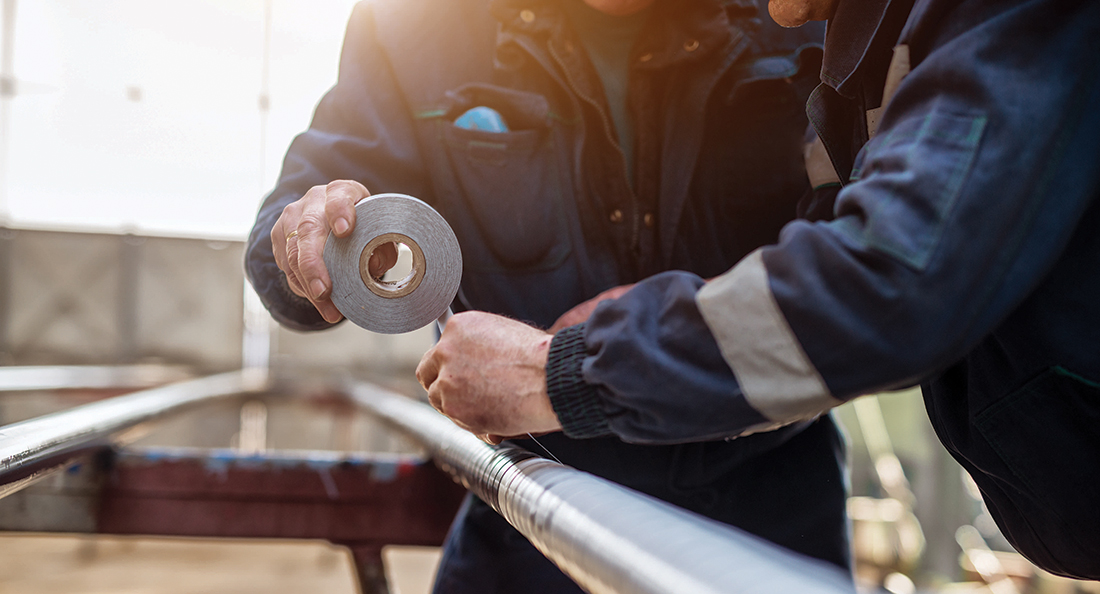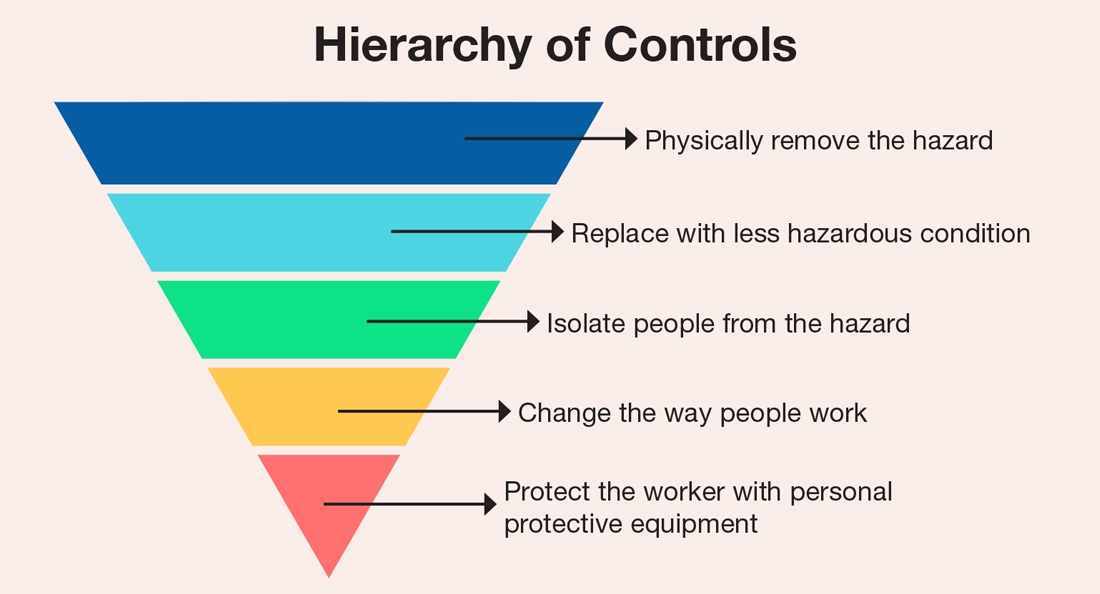From explosives, grinding, and crushing to shaking and sudden impacts, mining sites are constantly alive with loud noises caused by heavy machinery. Depending on the source and frequency, these may be categorised as impact, intermittent, repetitive, or impulsive sounds, and being exposed to any of them long-term can introduce a range of hearing-related injuries or illnesses.
Exposure to noise on job sites is the leading preventable cause of hearing loss in Australian workers.1 Once acquired, noise-induced hearing loss (NIHL) is irreversible, but if correct precautions are taken, it is entirely preventable. When it comes to the correct choosing and fitting of hearing protection, it isn’t as simple as going to the store and securing a pair of earplugs as no one size fits all.
Everybody’s ears vary in shape and size, and different individuals will be exposed to diverse noise types and levels while on site. For workers spending regular time exposed to noise while at work, a fit test validation can ensure the optimum level of protection.
How can I protect myself and my team?
There are three stages to implementing the best possible noise protection for workers in the mining industry:
- The first step is to measure the noise levels within each area of the worksite, accounting for ongoing sound and the possibility of sudden, peak noises. An accurate reading will help to inform which type of hearing protection is best suited.
- Choosing the right earplugs or earmuffs must account for several factors: noise levels, noise type, wearer comfort, and proper fitment. Motion Australia stocks a wide range of safety products by 3M™ and can advise on selecting the optimal hearing protection to accommodate these factors.
- The final step is validation – by introducing fit testing on site, everybody from new employees to high-risk workers can have a safer experience at work. Following a fitment test, training on the proper use of hearing equipment and understanding attenuation levels can validate worker protection. This can be easily carried out anywhere, any time, with the 3M™ E-A-Rfit™ Validation System.
Understanding PAR
The 3M™ E-A-Rfit™ Validation System measures each individual’s PAR to determine whether noise plugs or muffs are fitted correctly. PAR stands for Personal Attenuation Rating and is a much better gauge of noise impact than the SLC80 rating found on most earplug packaging. Because every ear is different, everyone’s PAR will be different too, and this needs to be catered for when fitting the right hearing protection.
It only takes 5 seconds
This user-friendly system is based on field microphone-in-real ear (F-MIRE) technology and can quickly provide the most accurate, quantitative results with the following steps:
- Have the worker fit their own earmuffs or earplugs
This provides an opportunity to check an individual’s fitting methods and whether proper fitment training is necessary. - Connect the dual-element microphone
The microphone will measure the noise reduction of each muff or plug, across seven industrial noise frequencies. This mitigates reliance on subjective test responses. - Run the test for PAR
Algorithms within the software quickly analyse this data to produce a Personal Attenuation Rating and fit variability. This will determine the level of hearing protection required. These results can then be documented for future re-testing and training purposes.
References:
- https://www.safeworkaustralia.gov.au/system/files/documents/1702/workrelated_noise_induced_hearing.pdf




